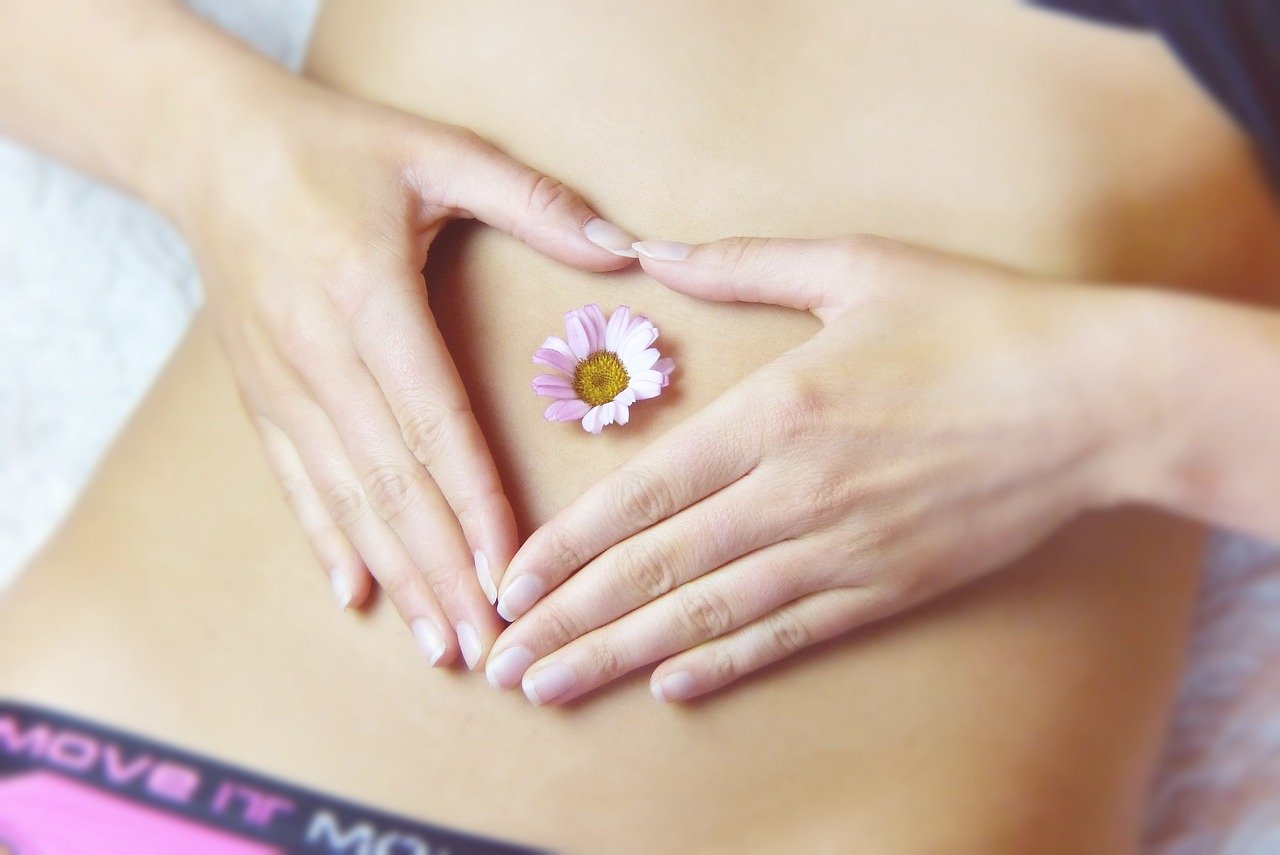Uterine fibroids are a common condition that can cause a variety of symptoms. For example, about 59.8% of women with a uterine fibroid diagnosis experienced heavy bleeding during periods.
If you’re diagnosed with uterine fibroids, you may be wondering about your treatment options. One potential treatment is uterine fibroid embolization (UFE), a minimally invasive procedure that can help reduce the size of fibroids.
Here are five things you should know about UFE:
Table of Contents
1. What Are the Symptoms of Uterine Fibroids?
When fibroids grow, they can cause several symptoms, the most common being:
- Heavy menstrual bleeding
- Prolonged menstrual periods
- Pelvic pain or pressure
- Frequent urination
- Difficulty emptying your bladder fully
- Constipation
The symptoms can differ in intensity and may be intermittent. Therefore, not all women with fibroids will have symptoms.
If your fibroids are large, they can also cause:
- Anemia from heavy bleeding
- Fertility problems
- Pregnancy complications, such as premature labor or low birth weight in babies.
- Very rarely fibroids can become cancerous. However, if you have these symptoms, see your doctor.
2. How Is UFE Performed?
UFE is performed by interventional radiologists and specially trained doctors in minimally invasive procedures. In addition, the procedure is done in an outpatient setting, which means you can go home the same day.
During UFE, a small catheter is inserted into the femoral artery in your leg and threaded through the blood vessels to the uterine arteries. Once the catheter is in place, X-ray imaging is used to guide tiny particles (embolisms) into the uterine arteries.
These particles will block the flow of blood to the fibroids and cause them to shrink. UFE usually takes about an hour, and you will be awake during the procedure but will not feel any pain.
After the medical procedure, you will be monitored for a few hours in the recovery room, and then you can go home. Most women experience cramping and bloating after UFE, which can be managed with over-the-counter medication.

3. What Are the Risks And Benefits Of UFE?
Some benefits of uterine fibroid embolization include:
- Shrinking fibroids
- Relieving symptoms such as heavy bleeding and pain
- Preserving the uterus
It-Being performed on an outpatient basis.
There are some risks associated with any interventional radiology procedure, which may include but are not limited to:
- Allergic reaction to contrast material
- Infection
- Fever
- Vaginal discharge or bleeding
- Pelvic pain
These risks will be discussed in person with you before your procedure.
Overall, UFE is a very safe and effective treatment option for uterine fibroids with a low rate of complications.
4. How Effective Is UFE?
The effectiveness of UFE is quite high, with most patients finding relief from their symptoms and a decrease in fibroid size.
In some cases, fibroids may grow back after UFE, although this is rare. If your fibroids do grow back, you may be able to have another UFE procedure.
5. Who Is a Good Candidate For UFE?
Some of the best candidates for this procedure are women who:
- Have not gone through menopause
- Are experiencing heavy bleeding or pain from their fibroids
- Would like to preserve their fertility
- Do not wish to undergo a hysterectomy or myomectomy.
Final Thoughts
UFE is a safe, effective treatment for uterine fibroids with a very low risk of complications. This procedure can be performed in an outpatient setting, and most women go home the same day. Recovery time is typically short, and many women return to their normal activities within a week.

